Revolt in Western Europe - Early 2051
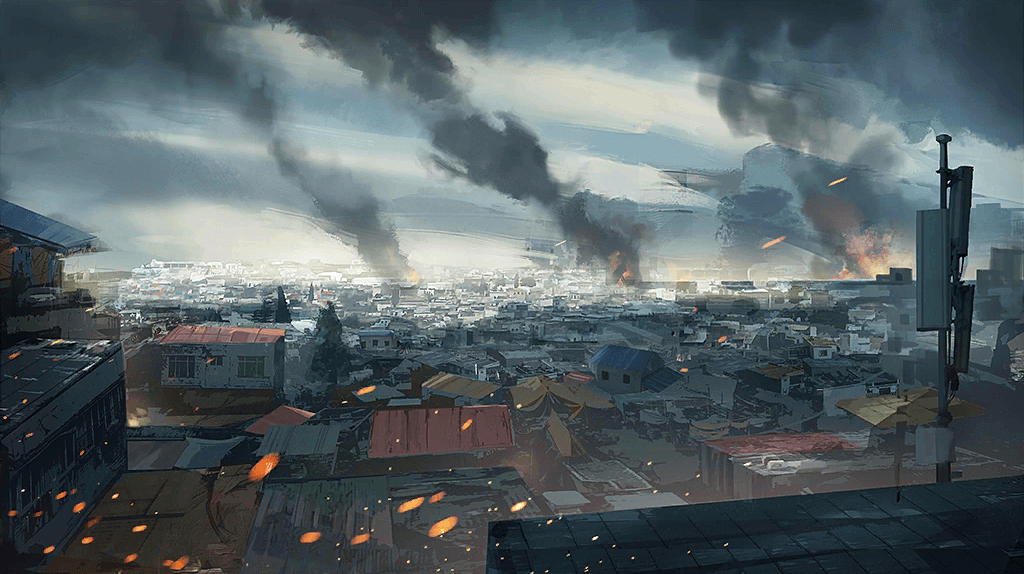
By autumn 2050, the agricultural output of Europe and Africa could produce just enough crops to maintain an 1800 daily calorie intake for the citizens. However, even with Dolls and multi-legged robots increasing output, supplies to maintain that line were just barely holding. The fall of the European Union after the war and the lack of steady agricultural output meant drastic measures needed to be taken to prevent famine. Early in 2051, governments in Western Europe began seizing food from farmers to maintain the supplies. The farmers grew furious against the seizures, and protests rose throughout spring. The protests eventually grew into mass rioting due to a lack of mediation on the part of any party or government. With the region-wide protests turning violent, the Western European governments were left with only two options. Either they end the seizures of food, which was not acceptable, or bring in force to suppress the unrest. Hiring PMCs to control the revolts became the primary solution for most governments.
Rise of PMCs in Europe and Africa
The majority of these contractors were East European veterans acting under the Soviet International Military Cooperation Bureau in Europe and Africa. Among the earliest PMCs, many experienced high rates of casualties due to the military arms of the rebels. When the war came to a quick end, there were still large stocks of weapons and equipment left in various regions that were never recovered. Ordnance and firearms could be found everywhere, and the black market was flooded with leftover weapons. The warlords and rebels throughout the region had quickly armed themselves like an army. When faced with outfitted militias fighting on their own land, the PMCs suffered many losses. Due to the losses, several PMCs eventually turned to using Tactical-Dolls. The robots had proven themselves against an army in WWIII, and they could have profound use in maintaining order in the region. The Doll robot industry had been in a steep decline following the end of the war, but the investments from several PMCs gave the industry another chance.
Pan-European Alliance & Gilda Ulrich - 2052 Onwards
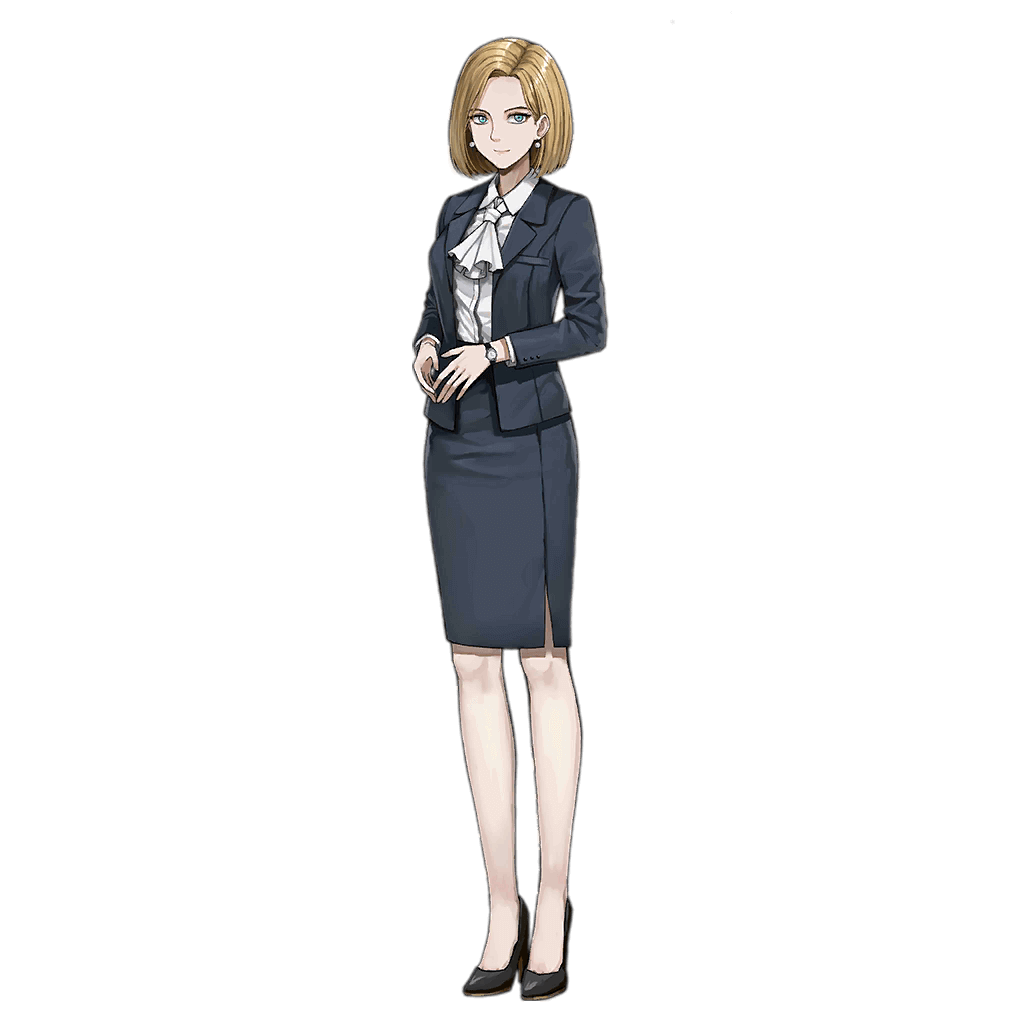
Pan-European Alliance Executive Committee Chairwoman Gilda Ulrich in 2064.
Weihnachtsmarkt Incident - 2052
While Europe was still recovering, the stability of the continent needed to be maintained. For the next several years, as reconstruction continued, PMCs and governments dealt with various threats both domestically and overseas. One of the notable publicly known incidents was the Weihnachstmarkt (Christmas Market) Incident at the German border in 2052. Thanks to Gilda Ulrich’s intervention, she was able to prevent a conflict from unfolding between German civilians and Soviet troops on the border.
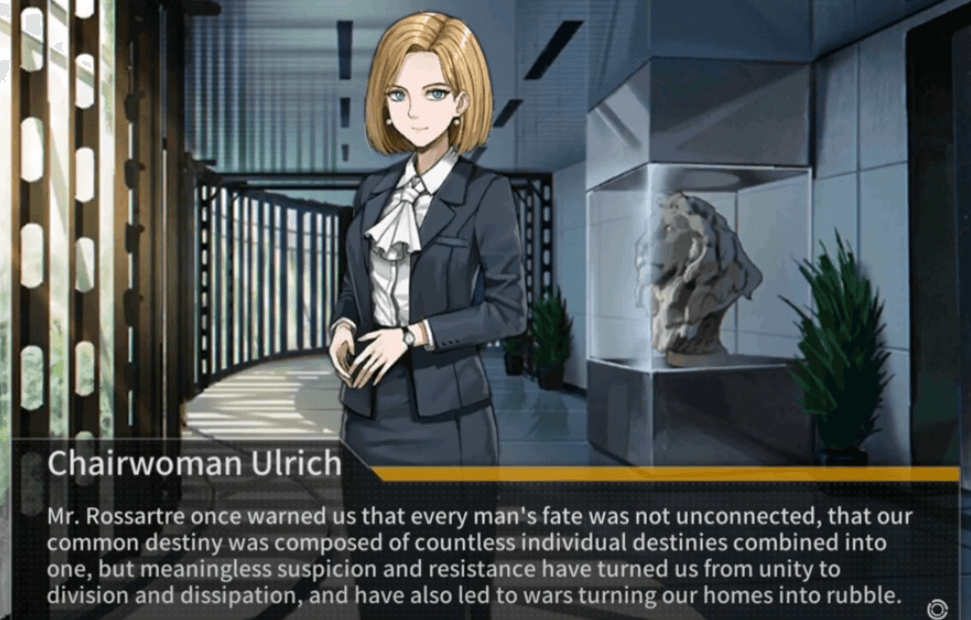
Excerpt from Chairwoman Ulrich’s speech before the summit in Belgrade in 2064.
The Chairwoman
In 2063, former executive chairman Weldon Kurz resigned from his position due to heart disease, and with the backing of the council (likely a Pan-European council, not the Prometheans), she assumed the position of chairwoman. Despite her young age, her calm and mature nature, as well as her efficiency, helped establish her position as Chairwoman of the Executive Committee of the Pan-European Alliance’s Cooperation Initiative. She single-handedly coordinates and elaborates the economic institutions in Europe to follow the Pan-European Reconstruction Plan. Here, she represents the Pan-European Convention on Mutual Assistance in Reconstruction (PECMAR). Her standing as a shining star for Rossartrism in Europe has led her to brush shoulders with various politicians in Germany, Soviet mutual diplomats, and even sitting members of the Prometheus Council.
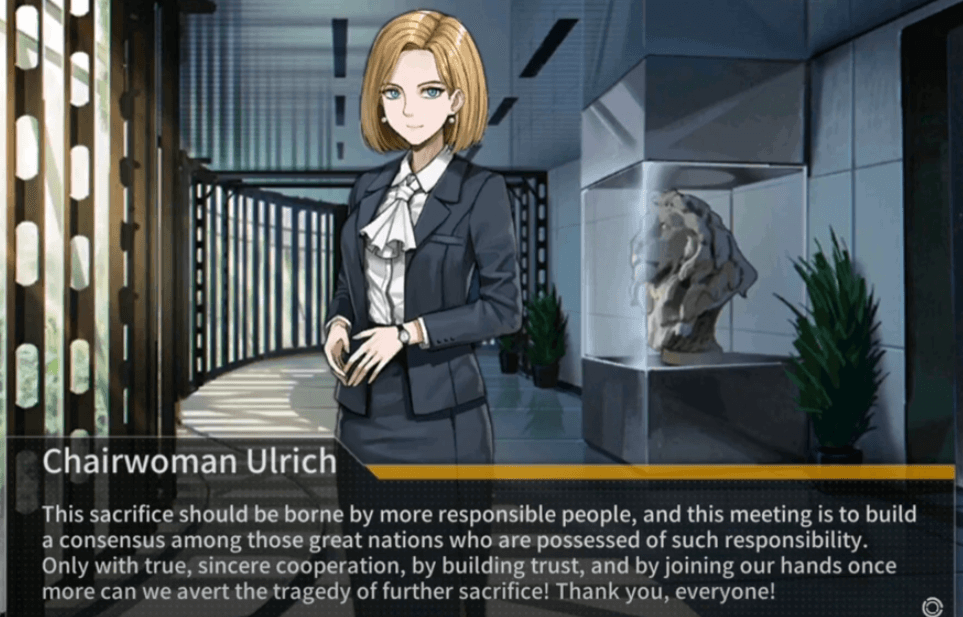
Excerpt from Chairwoman Ulrich’s speech before the summit in Belgrade in 2064.
The Plasma Power Cell - 2052
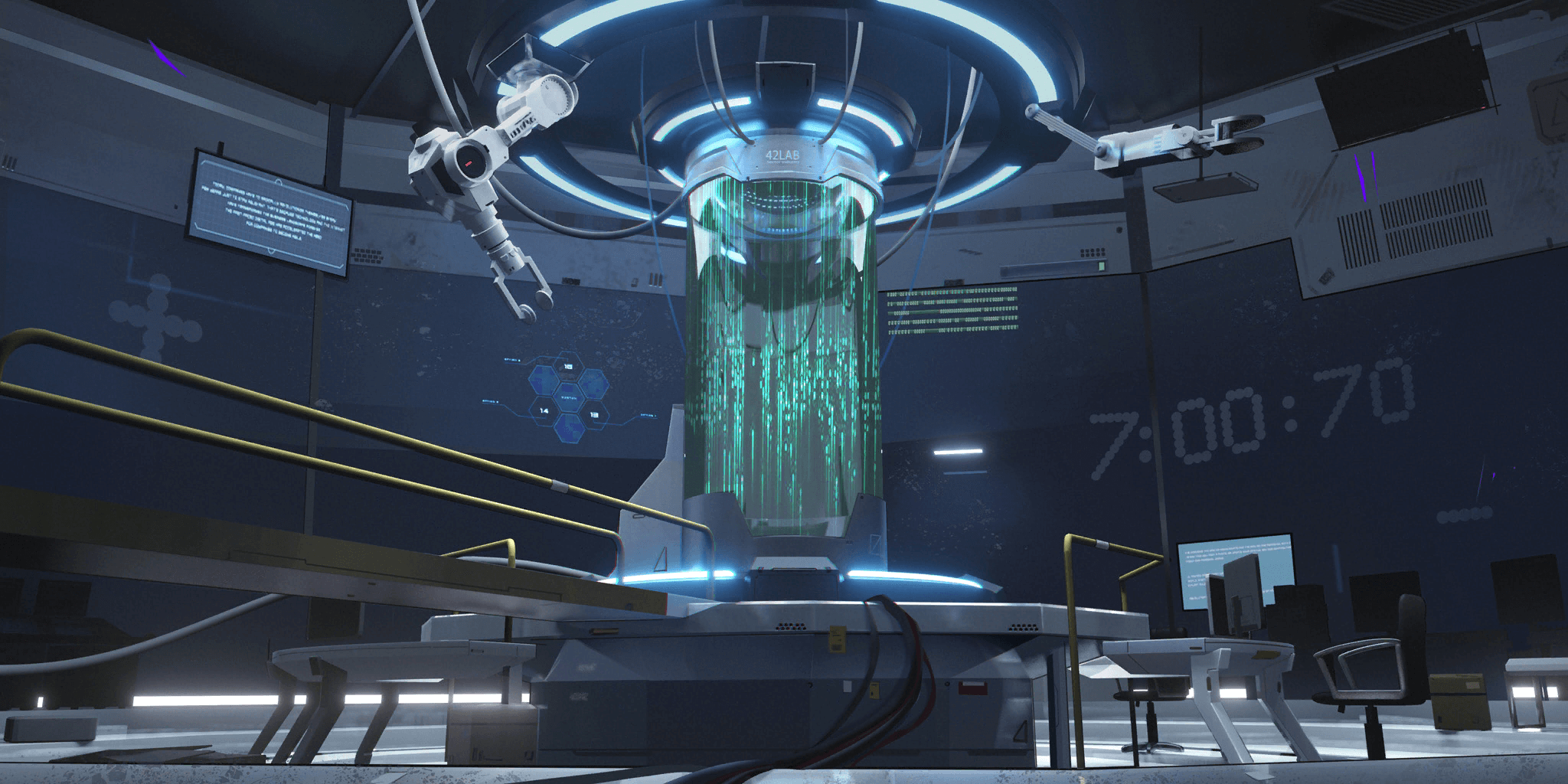
When the first wave of Doll robots was deployed by the PMCs, one particularly significant problem had come to light. During WWIII, the Dolls’ long-duration batteries were meant to last for several battles but weren’t enough for a prolonged conflict. Meanwhile, the deployment in Western Europe during the unstable period meant going long amounts of time without recharging, and the original batteries were not designed for such an environment. At the same time in the NUSSR, research into a new type of power cell was underway at the National Research Center (Kurchatov Institute). Institute scientists released details on a “contained plasma slow release and discharge power cell.”
This cell significantly extended the battery life of almost everything it was implemented into. An electric pulse was discharged when a powerful electromagnetic field was broken. It’s been said that the plasma cell could deliver enough power to drive a main battle tank. When the cell was released to the market, it quickly entered the Doll robot industry. Conventional batteries in Dolls could only operate for upwards of 20 hours, but the plasma cell increased that to around 150 hours. This considerable upgrade led to Dolls becoming exceptionally more efficient in their duties.
The Cutting Edge - 2052
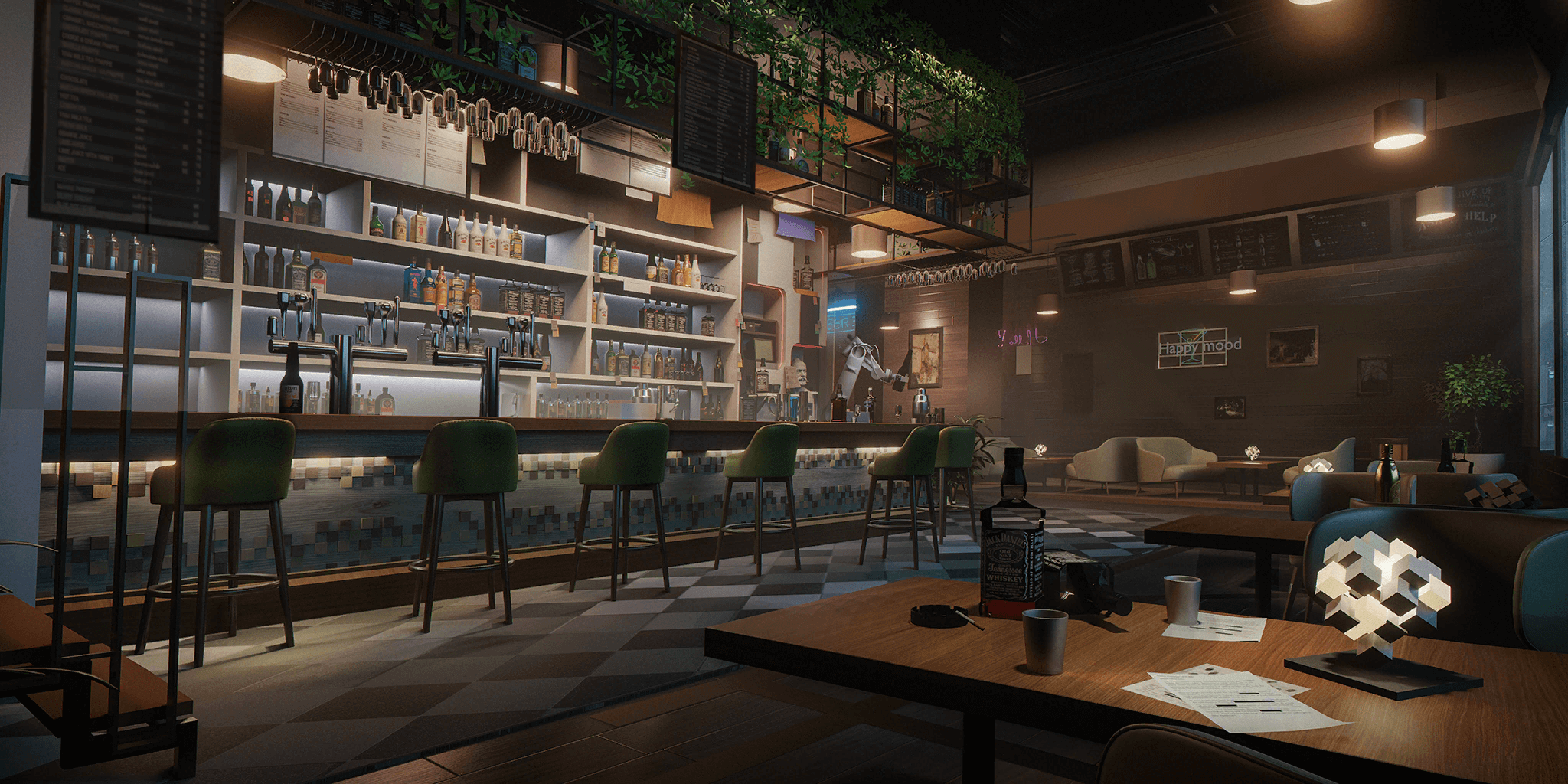
The well-known and active PMC, Griffin & Kryuger, was established in 2053 following a meeting between the founders in the previous year. In 2052, Griffin Lyons entered the 7.62 Bar in downtown Moscow, searching for Berezovich Kryuger. Griffin found Kryuger, drinking vodka alone in the corner to help pass the time.
Sir Griffin Lyons
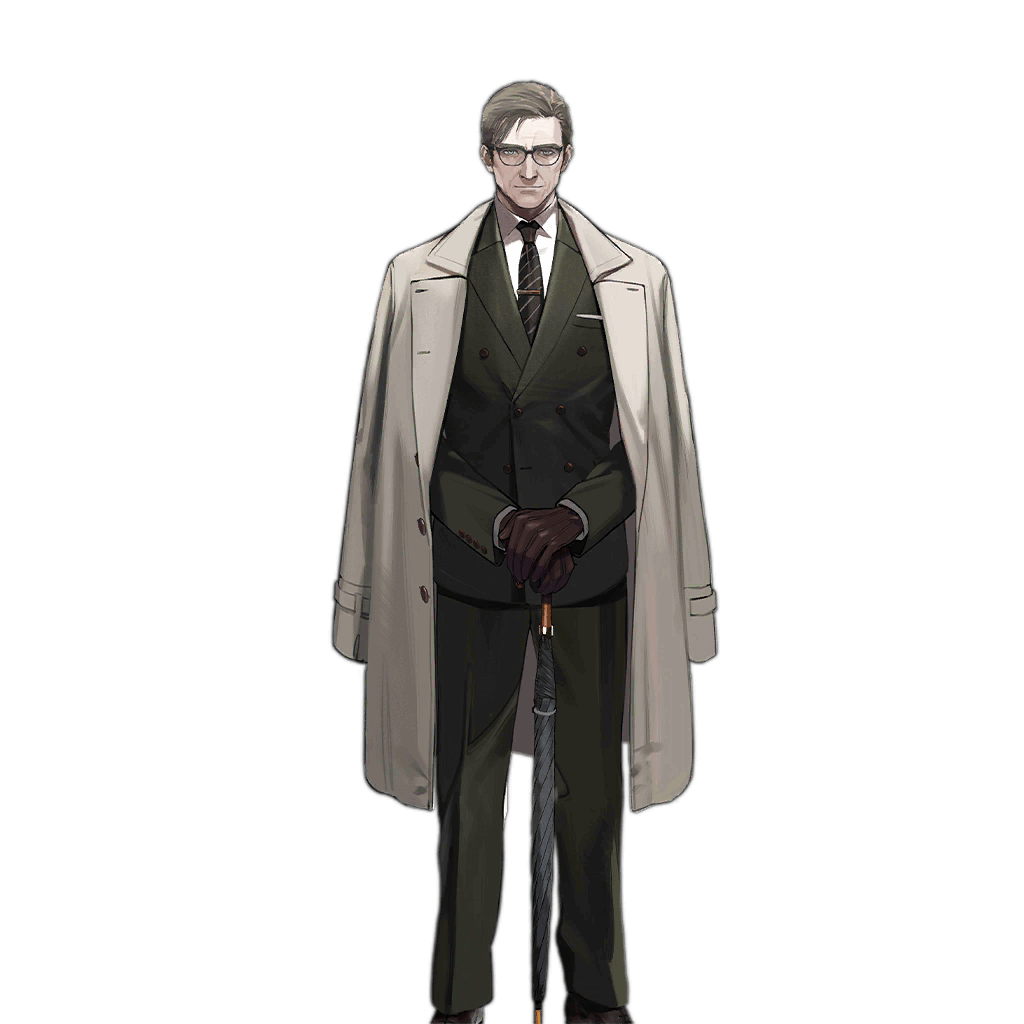
Sir Griffin Lyons in 2064.
Griffin Lyons, an Englishman, is an astute intelligence agent well-versed in the political situations in North America and Europe. Griffin’s convenient rise to power was not a coincidence; his father was one of Major General Sir Isaac’s persons in charge in Northern Europe. During the 2040s, Griffin gained the attention of MG Isaac for his 2043 report detailing the state of affairs amongst the German Social Democratic Party. His impeccable report earned him the position as the chief of the Eastern European station under Isaac/MI6, acting as an intelligence agent in the region. According to an interview of Griffin by a likely member of the Council, Griffin had seemingly been working in the British Secret Intelligence Service (MI6), sometime before World War III began.

Logo of the Secret Intelligence Service (MI6).
During WWIII, he carried out multiple intelligence-gathering operations in Europe for the Americans. In the late 2040s, MG Isaac, seemingly the head of this secretive intelligence agency, personally recommended Griffin to the Council for his outstanding work in Europe. In Isaac’s own words, Griffin’s service offered “A web of contacts spanning Eastern Europe, an information collector, analysts, relays and executors.” His influence could “even make you sharpen your own blades and monitor your own puppets.”
Captain Berezovich Kryuger

Captain Berezeovich Kryuger in 2064.
As a company commander, Captain Berezovich Kryuger had been serving in North Africa for some time. In Libya, he oversaw companies of troops who operated with Doll robots in the field. Kryuger was involved in the defense of Tripoli from NATO forces pushing from the west. On December 12th, Kryuger’s company was fighting out of a base camp West of Tripoli. One of the men on base was named Commissar Pablo, who supplied Kryuger with information from the frontlines. The Commissar informed Kryuger that certain people thought highly of his leadership. Furthermore, “the old man” had sent Pablo to ask Kryuger if he was interested in transferring to Alpha Group afterward. The identity of this “old man” is unknown, but it’s likely Bureau Chief Viktor Zelinsky or Lieutenant General Mikhail “Old Misha” Tsvigun.
Kryuger served during an unstated period with Brigadier General Carter Neustadt (unknown rank during WWIII), and their long history together, both as allies and future enemies, spans from the war to the modern day. Thanks to his status within the Ministry of Internal Affairs (MVD), he was connected to several influential figures within the Ministry of Defence (MoD) and the Kremlin. After retiring, he spent a fair amount of his time in old bars around Moscow with fellow veterans.
The 7.62 Meeting

Upon seeing Kryuger, Griffin approached him, asking him how he'd been. Both knew one another and could even be considered friends in some regard, but they rarely met each other outside of a few spare meetings. Knowing Kryuger’s connections to the brass in the Ministries, Griffin decided he was the perfect man to form a partnership with. Europe was experiencing a hunger crisis at the time, and Kryuger had become pessimistic about the situation. PMCs made up of mainly surviving veterans from the NUSSR were sent to stabilize Western Europe due to the eruption of violence. Unfortunately, the majority of these soldiers would not survive their missions. When Dolls became a preferred method to deal with the militias, it was clear that the industry would soon take off as a result. What Griffin was offering was a partnership to create a PMC using primarily Doll robots. Griffin had funding from certain “investors”, likely the Prometheans, and Kryuger had the connections to the brass to obtain government contracts.
This proposed PMC was expected to be quite fruitful for both parties. Griffin had the funding needed to found the company, and Kryuger had the reputation needed to bring in recruits and contracts. Under Griffin’s terms, Kryuger would gain full authority over their company, and Griffin would only own certain dividends. Rather than only use human soldiers, this company would use female IOP Dolls to carry out their contracts from the Soviet Ministries and certain “inconvenient jobs” for Griffin’s investors. At the time, the general public throughout Europe was opposed to Dolls, but using female IOP Dolls, who look closer to humans, could help leverage public opinion. After the two had finished discussing the terms of the contract, Griffin got up to leave, but not before handing a letter over to Kryuger.
The Cutting Edge of a New World
This letter contained the downpayment and their partnership contract. All Kryuger needed to do was resign from his position and sign the contract to begin the process of creating this PMC. Kryuger asked Griffin why he, of all people, was chosen for such an endeavor. Griffin revealed that he chose him because of their relationship and shared ideals. Kryuger’s ideals were noticed as he was the head of the team sent to rescue Persicaria and Lycoris. While not mentioned by either man, they both shared a partnership with IOP founder and head, Havier Witkin.
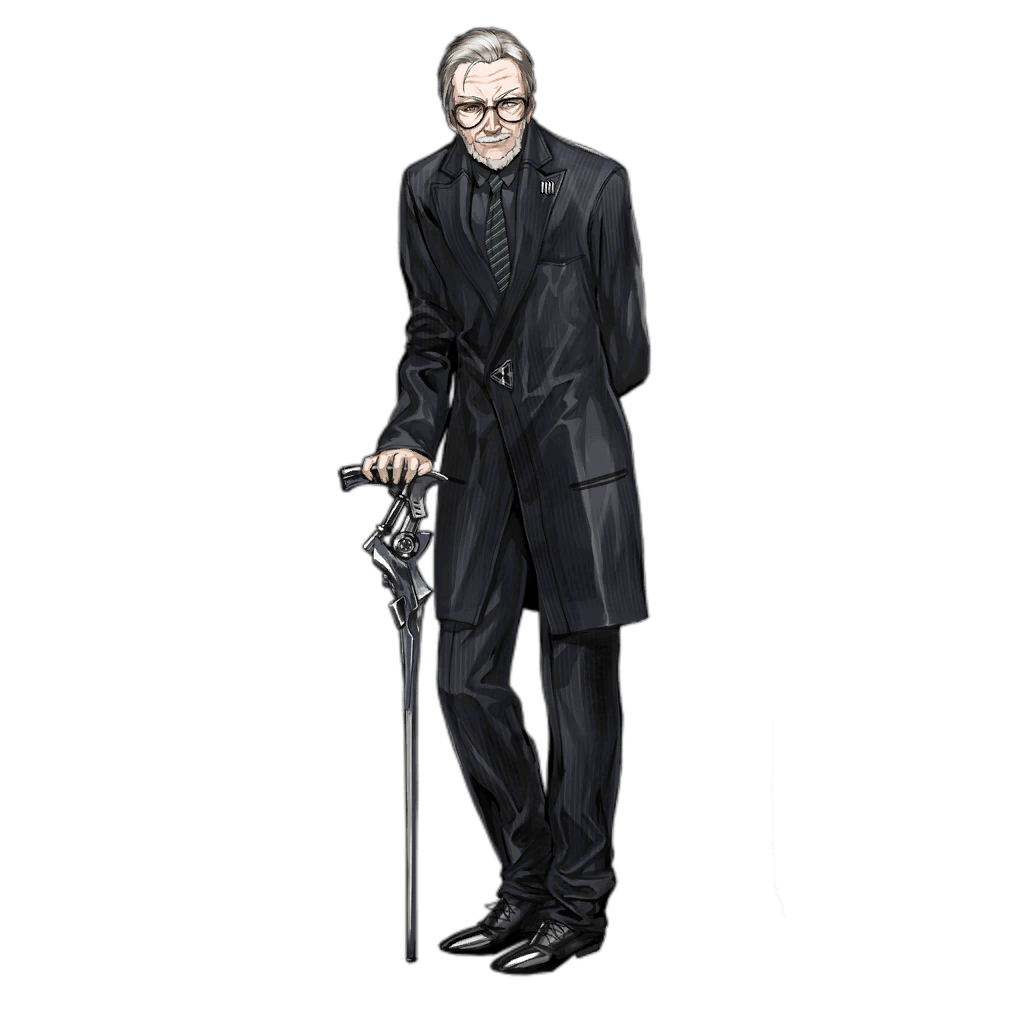
IOP founder Havier Witkin.
Although the specific year of Griffin’s introduction to the Prometheus Council is unstated, the Council recognized Havier and Griffin’s talents in the years prior. Havier was a former Soviet Army Electronic Warfare Corpsman commended for his service during Second Russian Revolution and his innovations in Doll technology in later years. Havier’s talents were recommended to the Council by Misha, and Griffin was, or still is, an intelligence agent for Major General Sir Isaac of MI6, a likely member of the Council. For his rescue of Persica and Lyco, Kryuger became a close partner to Havier - a partnership that allowed Griffin & Kryuger to work directly with IOP and its subordinate company. On the other hand, Griffin’s induction into Prometheus was taking place in the immediate post-war period. Given this time frame and his political stances, his unnamed “investors”, who were interested in the sale of Dolls, were probably the Prometheans. Additionally, Griffin met Lyco, who later worked under IOP, in Leipzig on New Year’s Eve in 2040, only deepening the connection between Griffin, Kryuger, and IOP.
Havier and his Doll technology caught the eye of the Council in the 2030s, seeing Dolls as a great tool for the future. Reconstruction, decontamination, agriculture, and security were just some of the uses Dolls had, and Havier gained to benefit the most. Though his standing within the Council is unspecified, whether he’s a sitting member or just an ally, it’s no coincidence his Dolls became the standard for the PMC that Griffin was proposing to Kryuger. And it is because of this that Griffin & Kryuger’s (G&K) motto is the same as the Rossartrist movement - “the cutting edge of a new world/shining beacon of a brave new world."
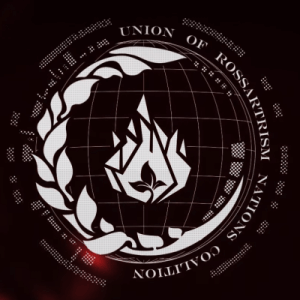
Symbol of the Union of Rossartrism Nations Coalition.
G&K is Rossartrist at its core precisely because of how it came to be. Founded by two men who carry the torch in humanity’s darkest hour, both believing that a new dawn will come. One sits on the Council itself and the other sits as the head of the organization. Their organization works directly with one of the largest Doll and military-industrial manufacturers in Europe, which is controlled by another ally of the Council. Though their ideologies ultimately differ in how the new world order should be, their wish remains the same - for Rossartre.
“Griffin & Kryuger”
As Griffin was preparing to leave, he recommended a name, “Griffin & Kryuger”. The Griffin and Kryuger Private Military Contractor and Security Consultant Company was founded the following year. Throughout the next several years, G&K would grow into one of the most dominant PMCs in Europe.
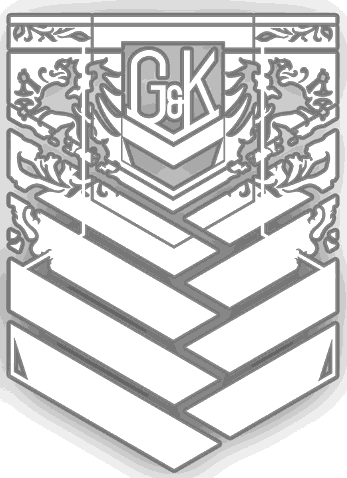
Logo of Griffin & Kryuger PMC.













